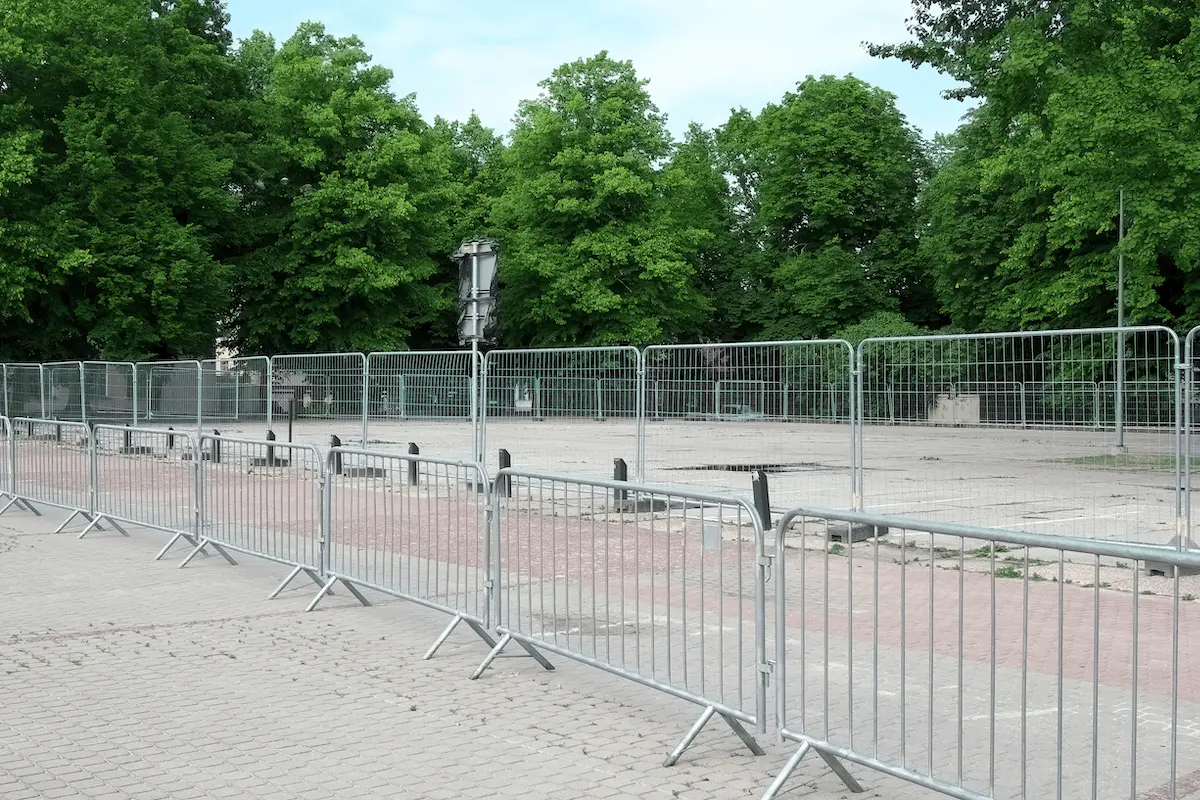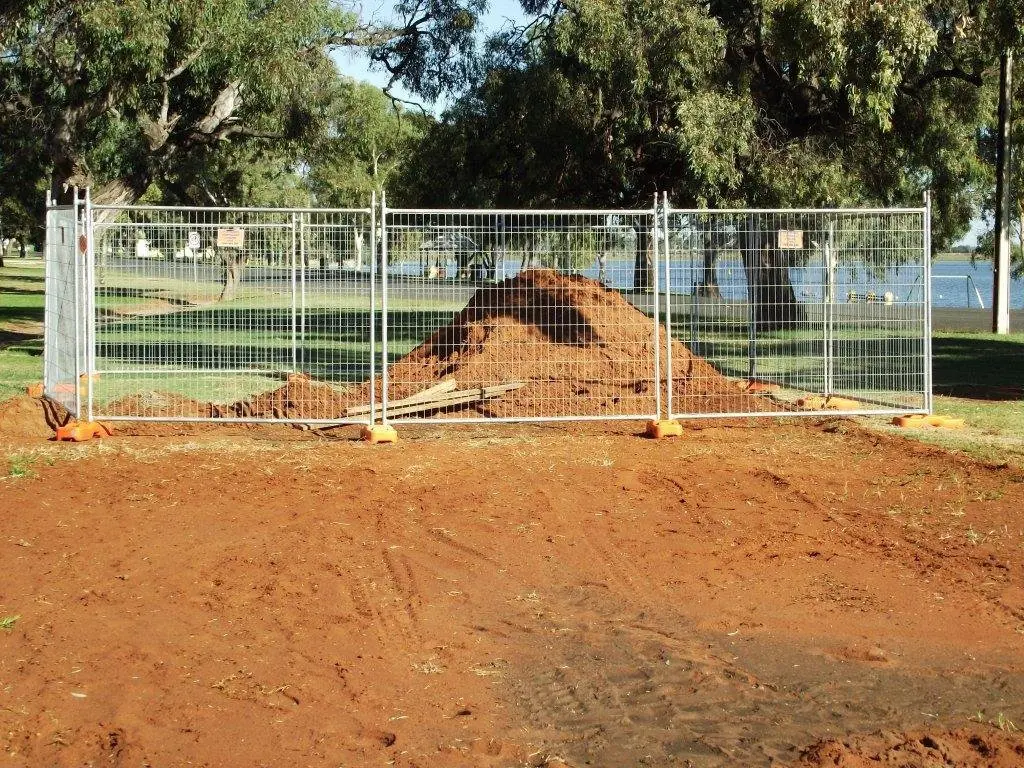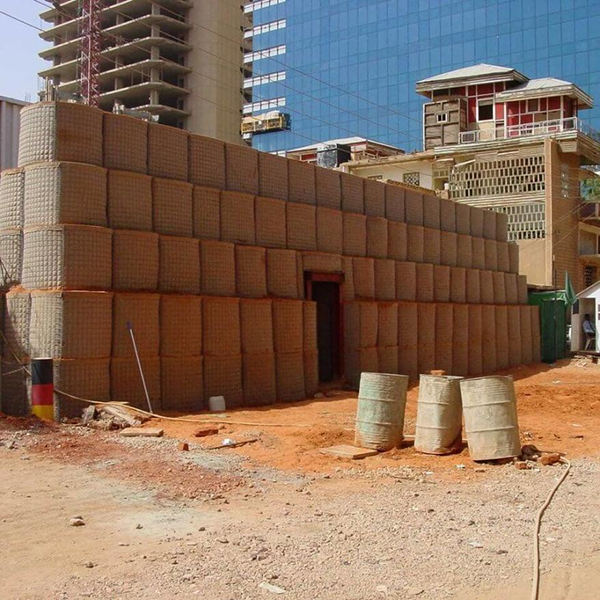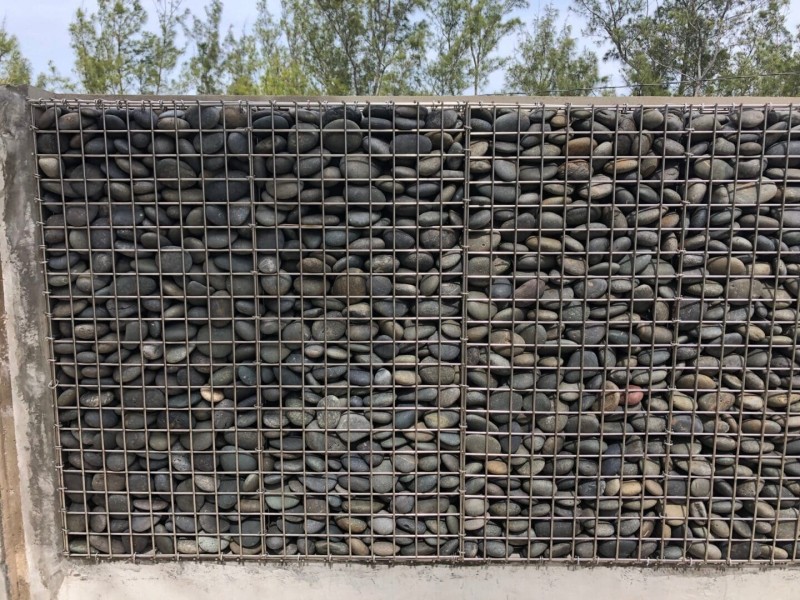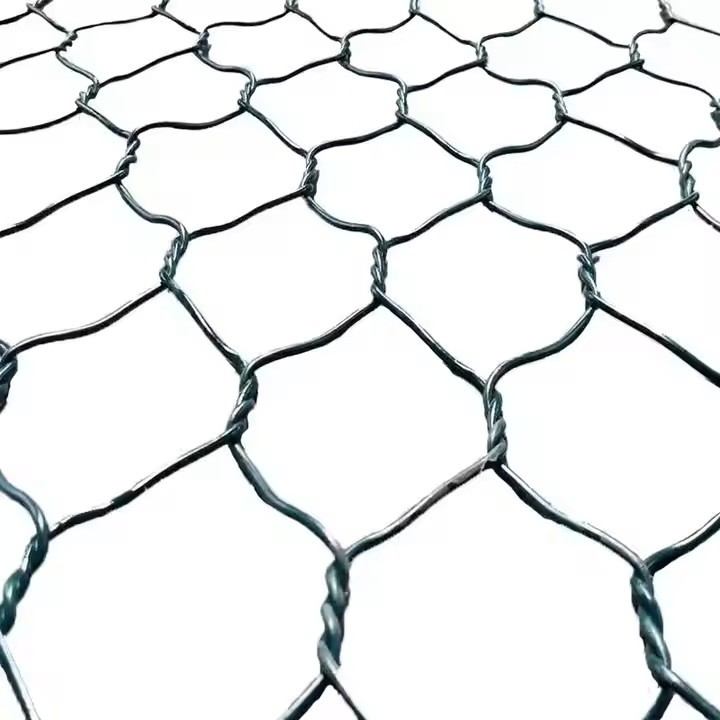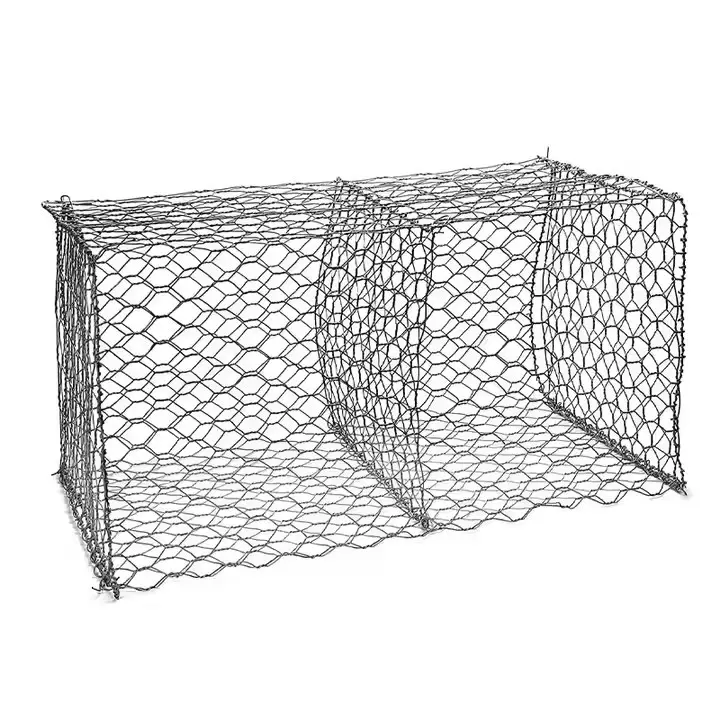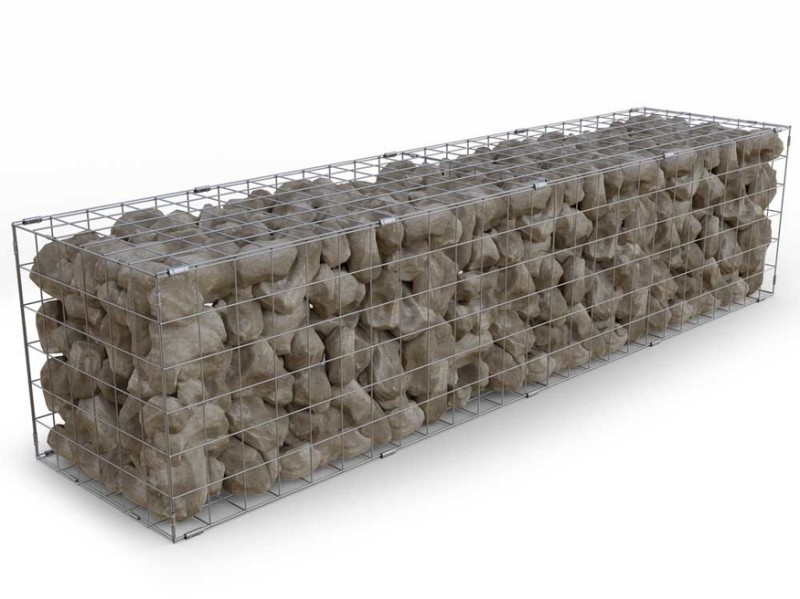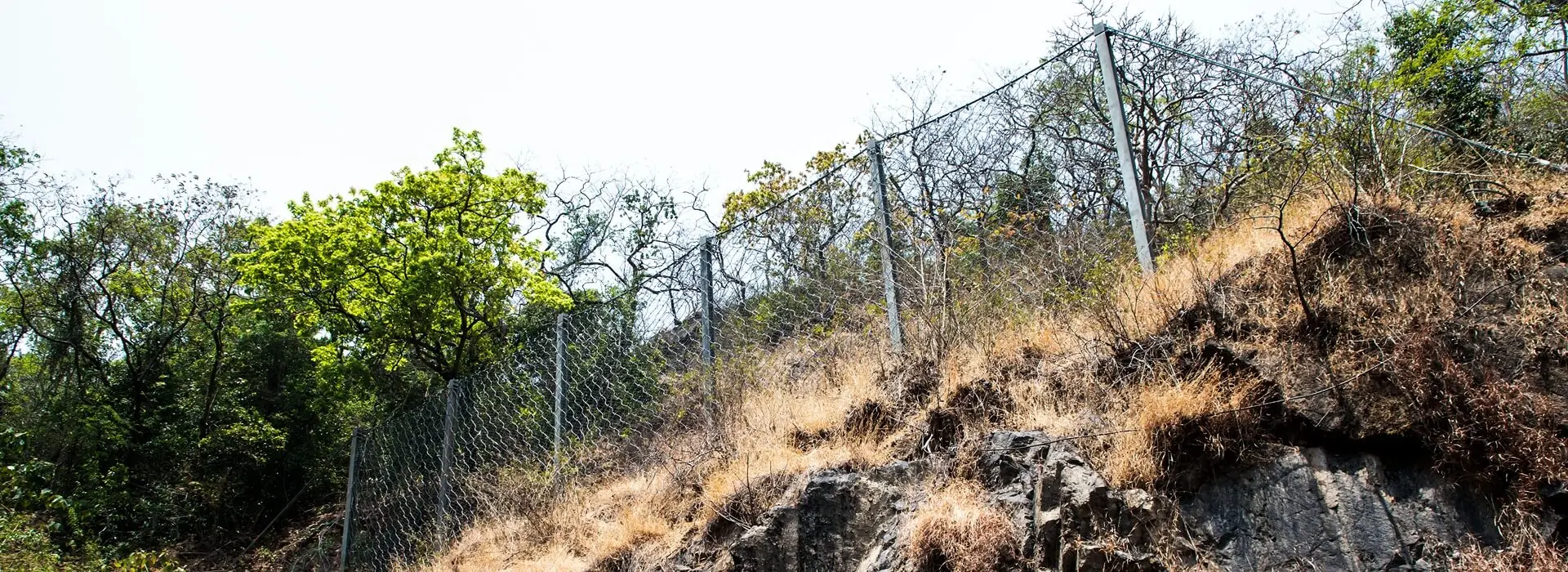How to install the defense barrier smoothly?
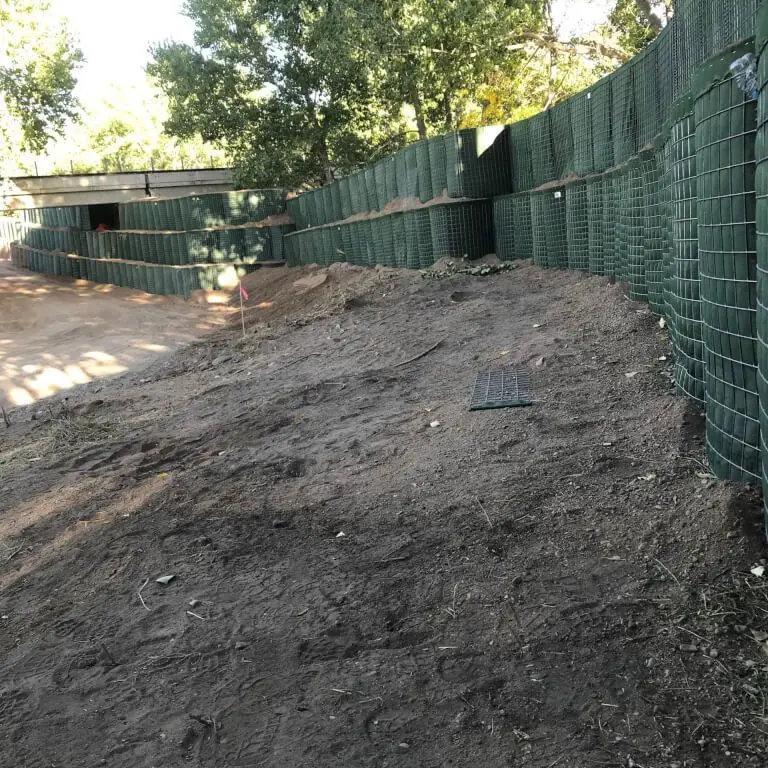
Install
Installing a defensive barrier is very simple and requires very few tools:
●Positioning the barrier: Unroll and position the defensive barrier along the desired perimeter or location.
●Connect multiple units: Use spiral binders or connectors to connect multiple units together to form a continuous barrier or wall.
●Fill the barrier: Fill the barrier with locally available materials such as sand, gravel, or soil. Make sure the material is evenly distributed to provide maximum protection.
●Securing the structure: For additional protection or a larger structure, stack multiple defensive barriers and secure them together for stability.
●Regular inspection: After installation, regularly inspect the barrier for signs of damage, especially after extreme weather events or frequent use.
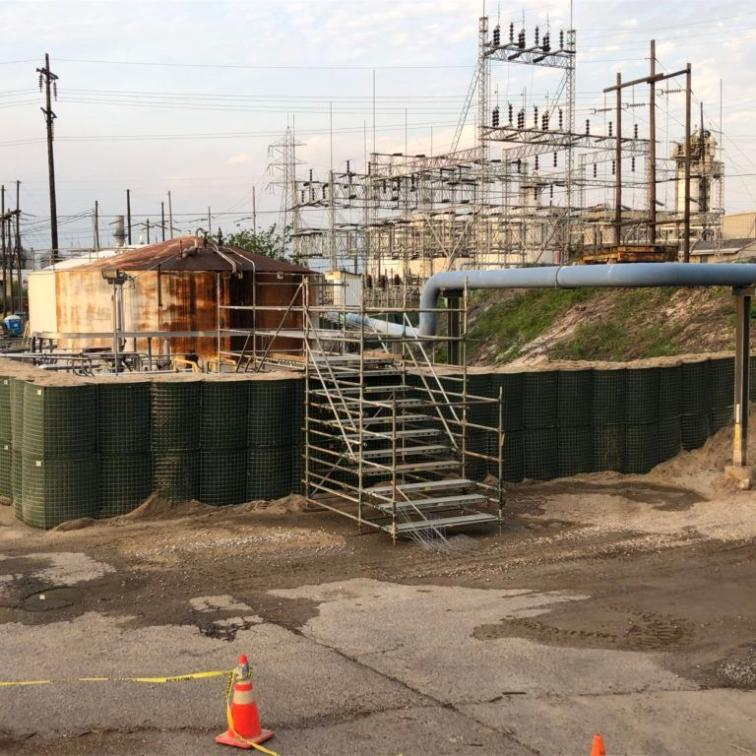
Safety Measures
●Wear protective gear such as gloves and goggles when handling wire mesh and fill materials.
●Ensure barriers are properly and evenly filled to prevent shifting or failure during extreme weather conditions or impacts.
●Regularly inspect guardrails for damage, especially in high-risk areas that could be subject to explosions or heavy impacts.
Applications
Defense barriers are used in a variety of high-security, emergency and disaster relief environments:
●Military fortifications: Provide perimeter security and protection for military bases, outposts and command centers. Defensive barriers help protect personnel and equipment from blast shock and direct fire.
●Flood control: Effectively form flood barriers in emergency situations by diverting rising water levels or reinforcing riverbanks, coastlines and levees.
●Perimeter protection: Used to protect airports, embassies, government buildings and other high-risk facilities by creating a strong physical barrier to prevent unauthorized access.
●Roadblocks and checkpoints: Deployed in conflict zones to establish security roadblocks, vehicle checkpoints or protect routes to prevent unauthorized vehicle movement and potential threats.
Disaster response: Used in disaster-prone areas to mitigate the effects of natural disasters, including floods, landslides and high wind events, by providing temporary containment and reinforcement.

